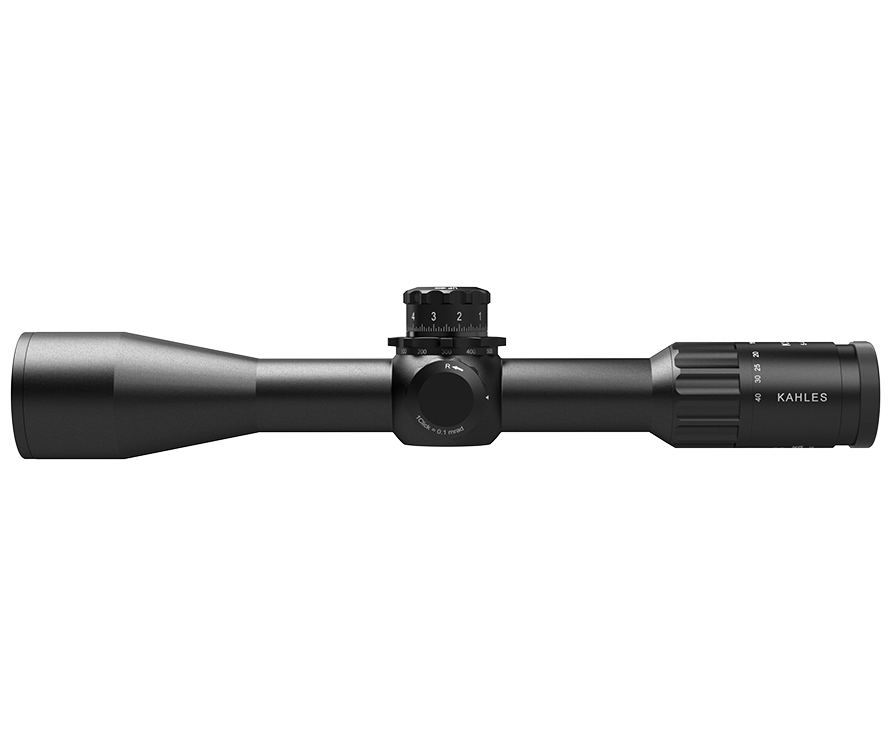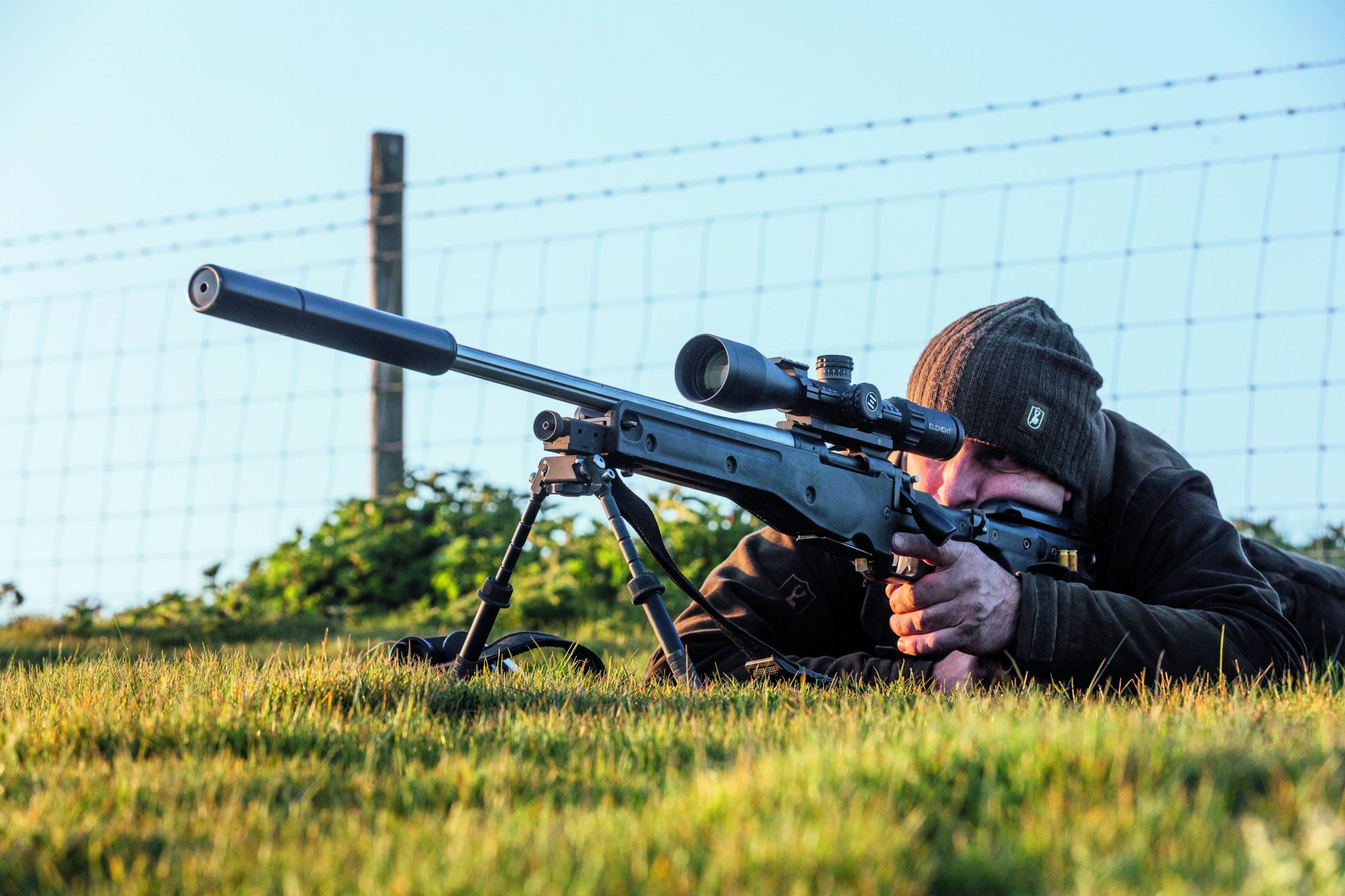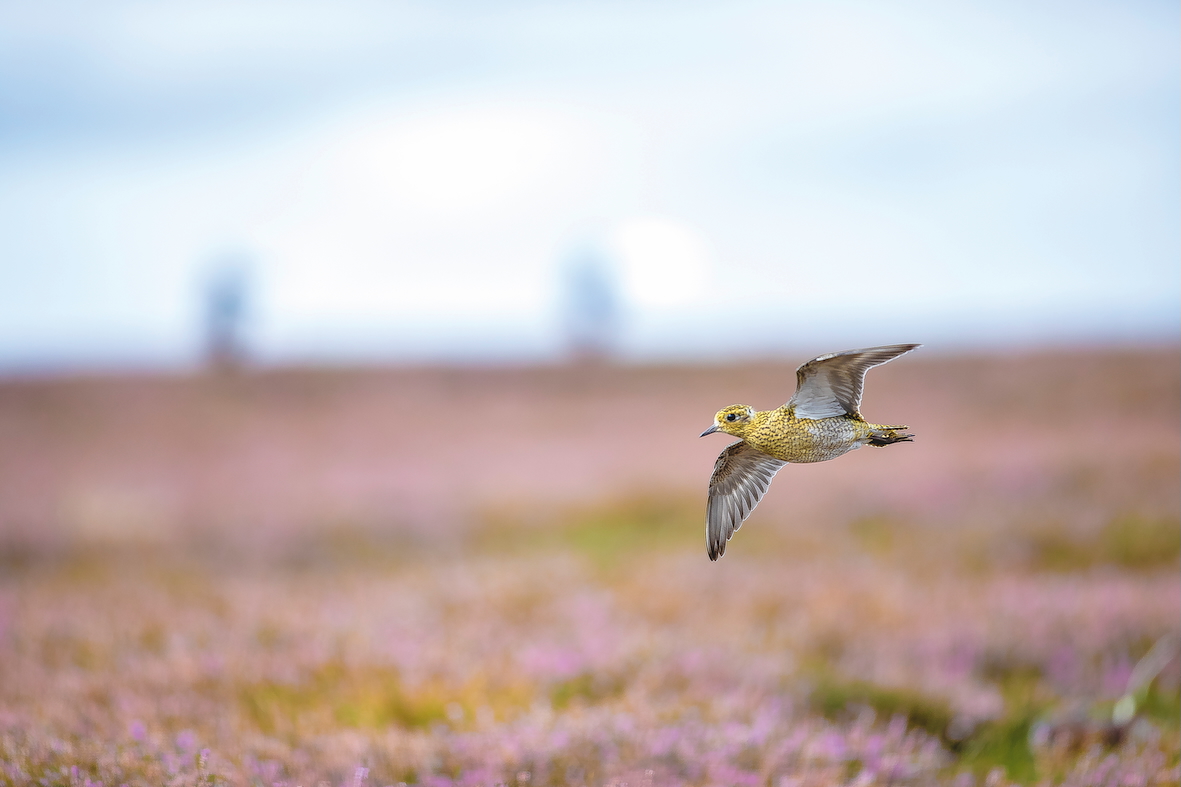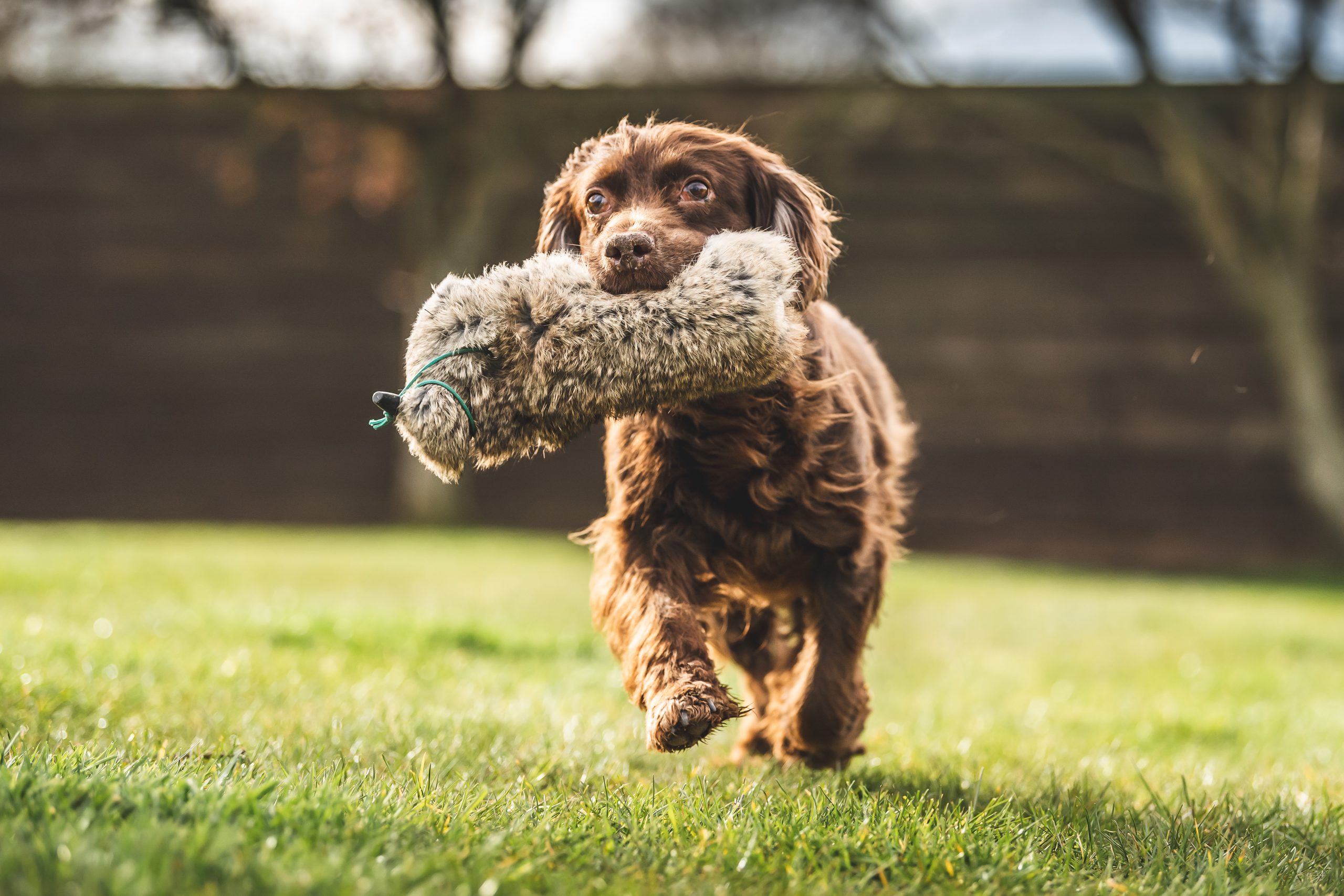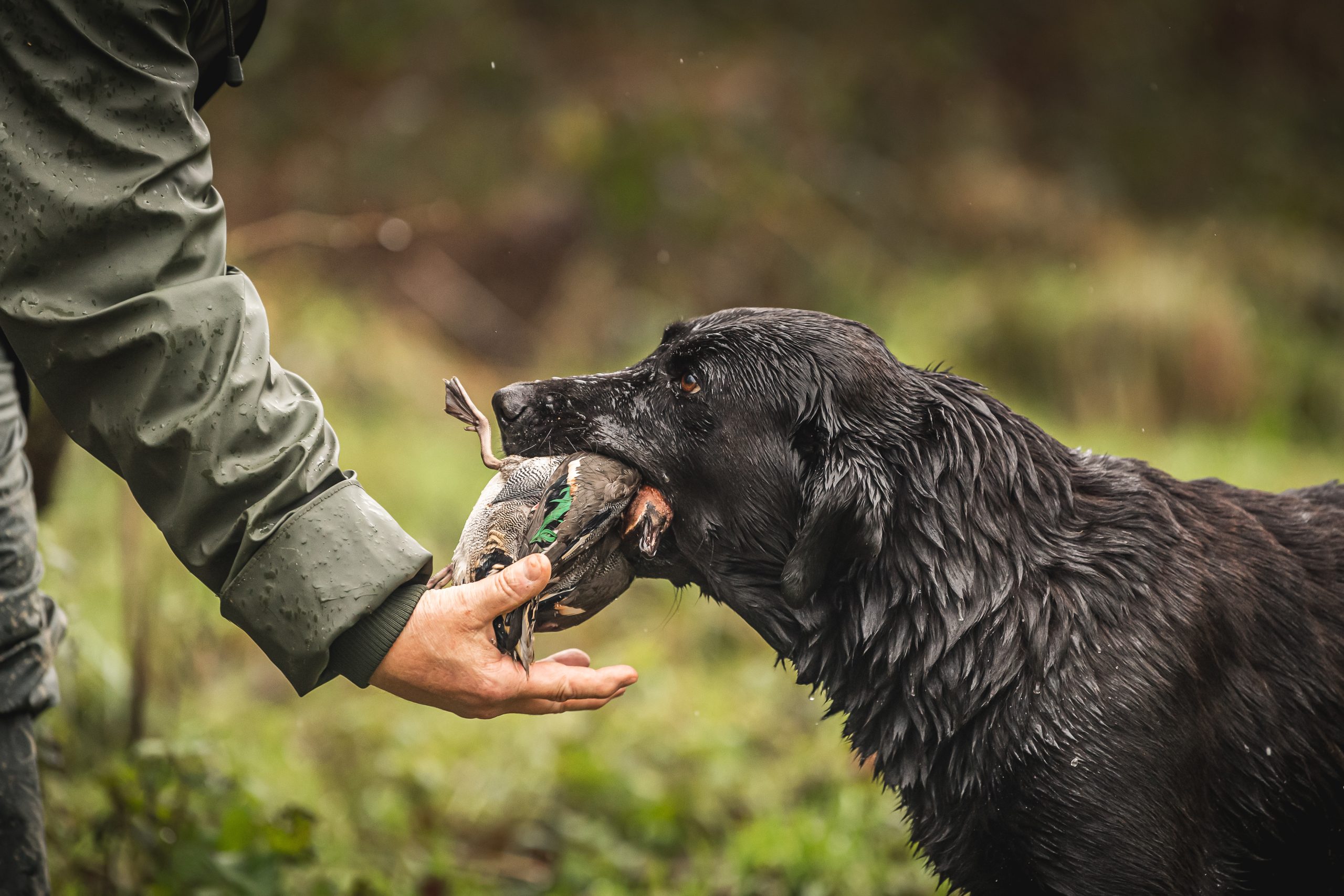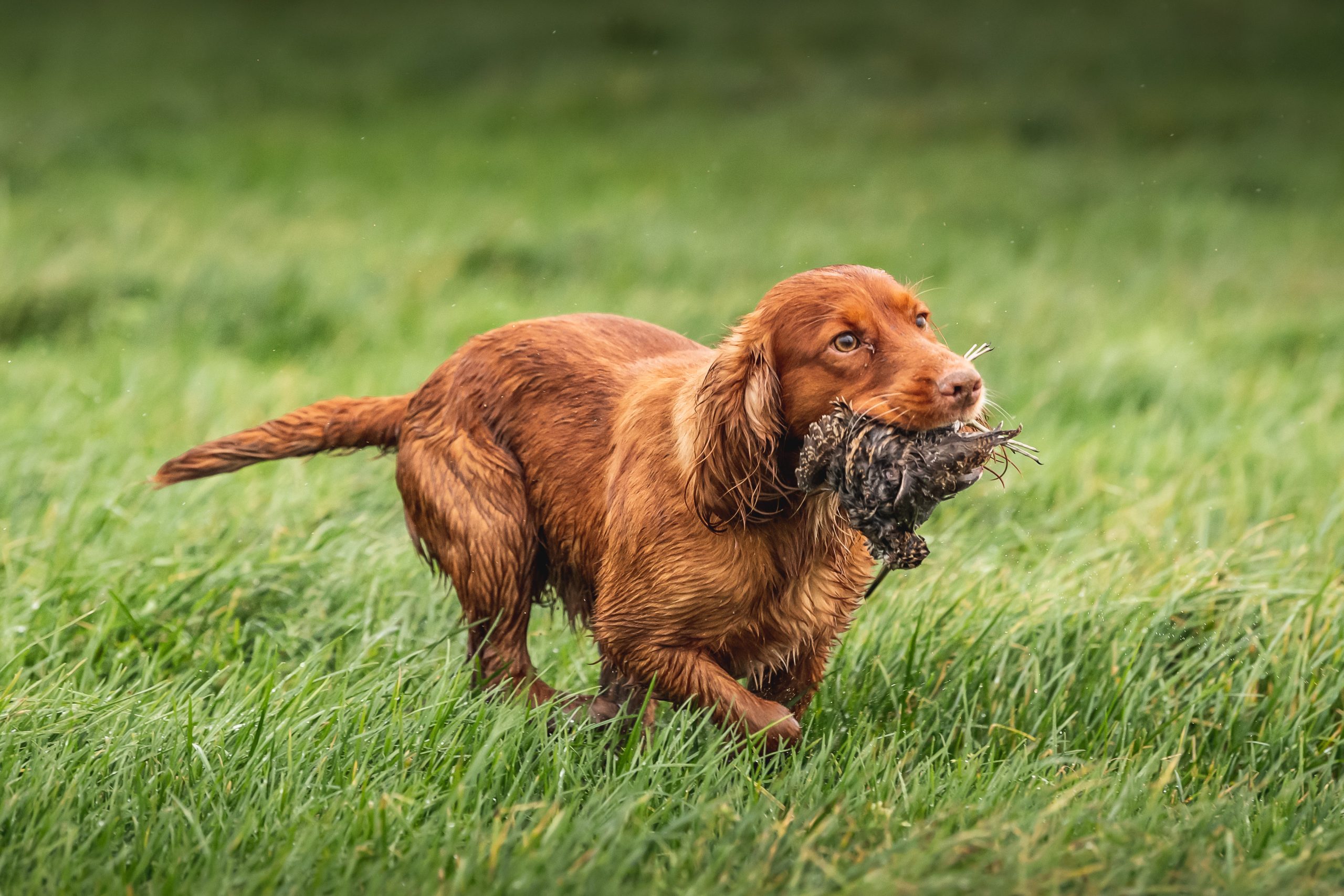Gundog news
Gundogs
How to train a young gundog to be disciplined in company
Would you like to speak to our readers? We offer sponsored articles and advertising to put you in front of our audience. Find out more.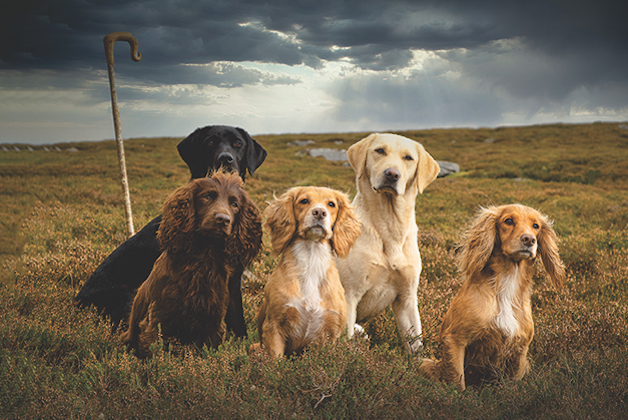
Gundog training together
Anyone who works or trains gundogs will tell you that they are addictive. Once you have one you will want another, and this will be the case most especially if you want to go picking up. In fact, many shoots will insist that if you aspire to join their picking-up team, more than one dog is a requirement.
As with any form of gundog training, there are going to be varying degrees of what a handler deems acceptable in how their dogs work. Some are content with keeping their team on leads during a drive and then letting them all go when the horn is sounded. I prefer to have my picking-up dogs off the lead (once they are trained), as that way I can send individual dogs for any pricked birds at any time without the hassle of trying to get a slip-lead off.
Working untrained dogs together
It should be said that working two or more untrained dogs together is asking for trouble; not only can it end up being chaotic but also embarrassing. I am sure we have all seen two dogs chasing each other during sweeping up, one with a bird in its mouth and the other one desperately trying to snatch it back out. Even worse, is witnessing a tug of war between picking-up dogs; not only does it look bad and renders the shot game inedible, it also has the potential to escalate into an aggressive situation.
Why and when
If you are going to work more than one dog, it is important that they understand they are part of a team but also that they will have to work individually and be respectful of the other canine members of a picking-up team. There is a very good reason to practise gundog training together to work in this kind of scenario, which is all about efficiency. During a drive, some birds will be shot dead and others will be pricked and end up being runners, so if you can send individual dogs out to individual retrieves while keeping other dogs back in ‘reserve’, it makes the collection of shot game far more effective. When a particular dog comes back with a bird the other dogs should ignore it and concentrate on waiting for their next command. If the other waiting dogs start to focus on and fuss about the incoming dog they may well miss the mark of another shot bird. More importantly, you the handler will not be able to concentrate fully on the dog making the retrieve.
Teaching a gundog to work with other dogs
Teaching a dog to work with another or, indeed, numerous dogs is a skill that needs practice for which you almost have to desensitise the new dog to the situation. I like to introduce this exercise to a dog when it is around 15 months. There are no hard and fast rules, other than I would want the dog to be steady to thrown dummies, have a solid sit/stay command and also be used to having a lead on.
I would also strongly recommend you do these exercises with an older, more experienced dog to send for the initial retrieves. It is important that your frame of mind is right as you will need to stay calm – this exercise can be trying when gundog training together.
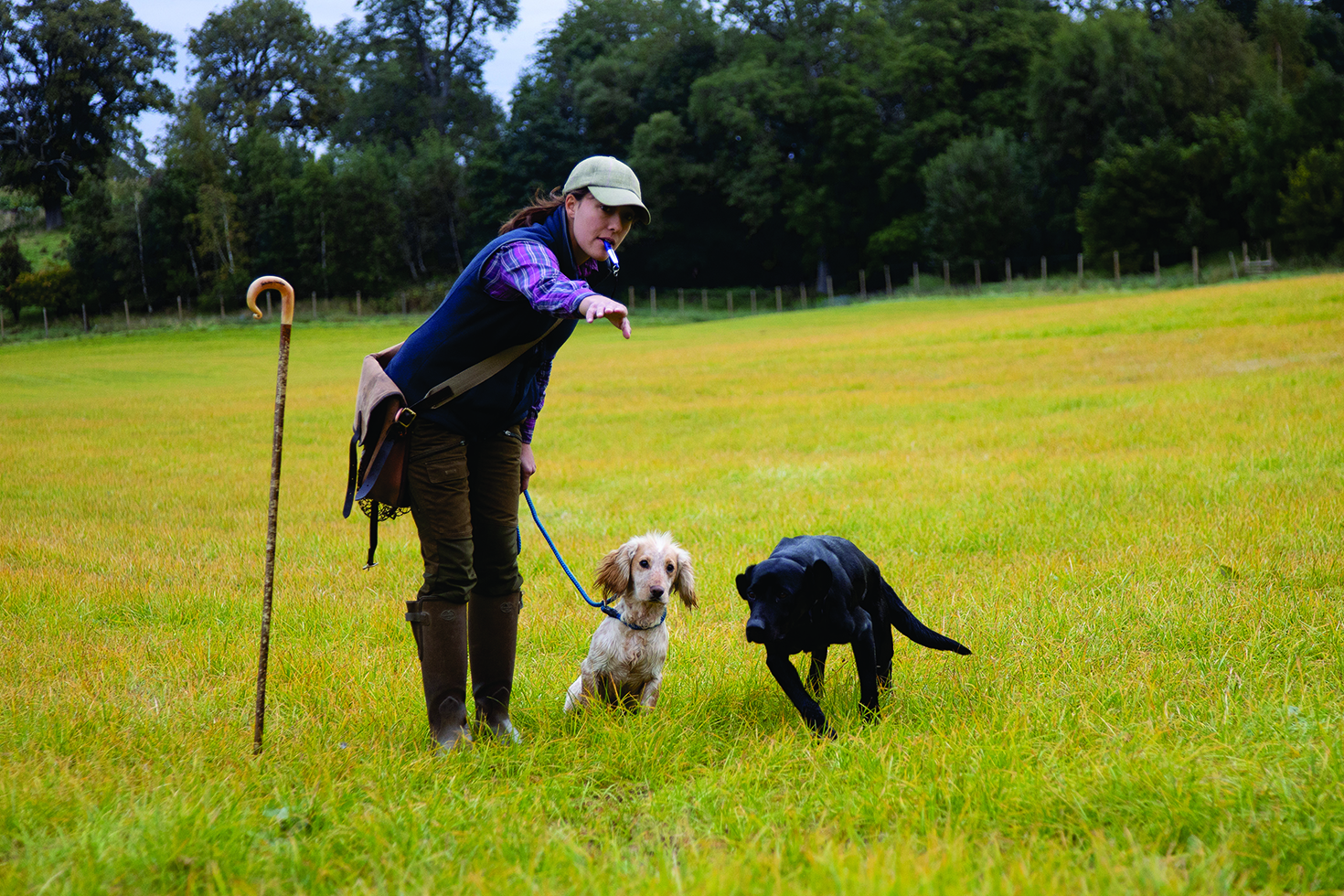
Keeping the young dog on a lead, end the older one for a retrieve
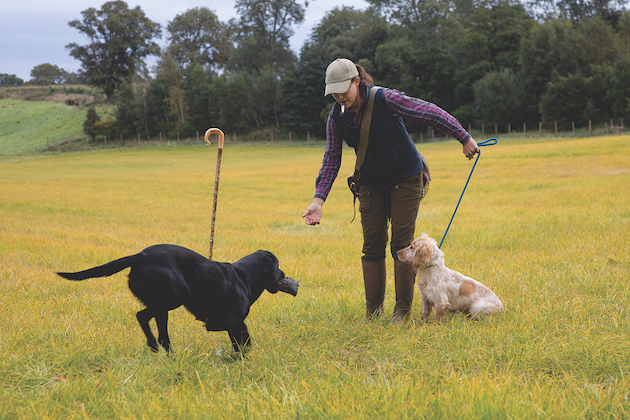
Give a quick tug on the younger dog’s lead as the retrieve returns
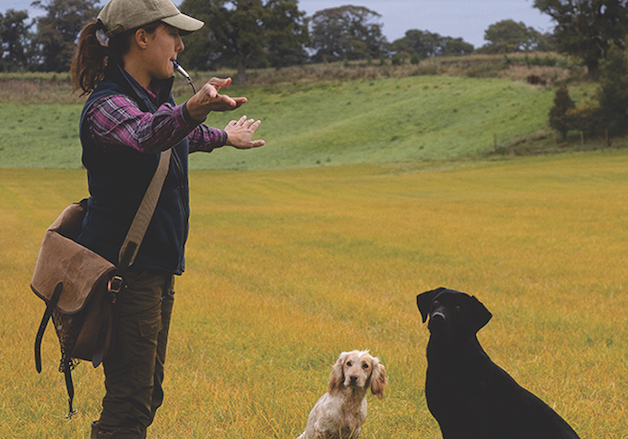
Once steady on the lead, repeat the task off it

To reinforce steadiness put out your hand and say, “leave it!”
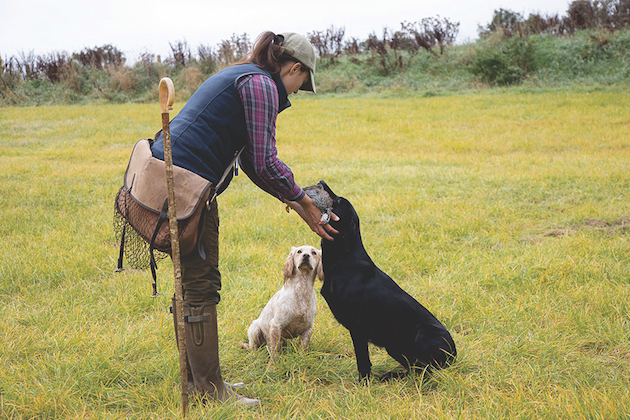
At some point you will have to up the ante (and add temptation) by using some cold game. This will certainly increase the possibility that the young dog will try to snatch it from the older dog. To begin with, I will get the experienced dog to hold onto a partridge or pheasant and sit it up in front of me with the young dog off to one side. I will be in no hurry to take the bird and I will be watching the young dog constantly to gauge its reaction.
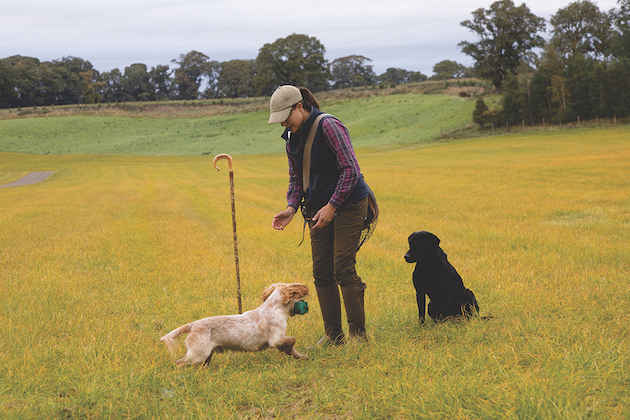
Once you are happy that the young dog has learned the exercise, reverse things and send it for a retrieve while the older dog sits next to you. The inexperienced dog may well want to parade around and show off to the older dog, so I like to block the young retriever from getting to the older dog, thus preventing the situation happening in the first place.
Related articles
Gundogs
Saying goodbye to a gundog
It’s the most difficult of subjects but here Tom Jones faces up to the sad reality of losing a beloved gundog and realises just how much they give us.
By Time Well Spent
Gundogs
How to curb nerves on your first working test
What can gundog handlers learn from sport psychology? Novice handler Emily Cartigny tries to curb the nerves in her first working test.
By Time Well Spent
Manage Consent
To provide the best experiences, we use technologies like cookies to store and/or access device information. Consenting to these technologies will allow us to process data such as browsing behavior or unique IDs on this site. Not consenting or withdrawing consent, may adversely affect certain features and functions.
Functional Always active
The technical storage or access is strictly necessary for the legitimate purpose of enabling the use of a specific service explicitly requested by the subscriber or user, or for the sole purpose of carrying out the transmission of a communication over an electronic communications network.
Preferences
The technical storage or access is necessary for the legitimate purpose of storing preferences that are not requested by the subscriber or user.
Statistics
The technical storage or access that is used exclusively for statistical purposes.
The technical storage or access that is used exclusively for anonymous statistical purposes. Without a subpoena, voluntary compliance on the part of your Internet Service Provider, or additional records from a third party, information stored or retrieved for this purpose alone cannot usually be used to identify you.
Marketing
The technical storage or access is required to create user profiles to send advertising, or to track the user on a website or across several websites for similar marketing purposes.

